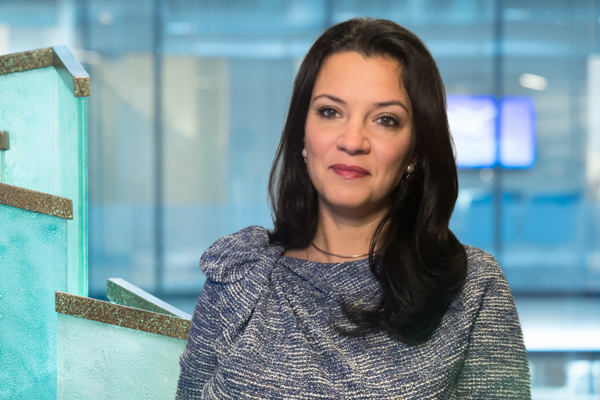Medicare Advantage Plans May Be Paid Below Actual ESRD Patients’ Costs in Large Metropolitan Areas in 2021
Summary
Avalere analysis finds that payment to Medicare Advantage (MA) plans for end-stage renal disease (ESRD) patients in highly populated regions may be significantly below actual patient costs.Currently, most beneficiaries with ESRD receive coverage through fee-for-service (FFS) Medicare. Beneficiaries with ESRD can enroll in MA under limited circumstances—namely, through certain MA special needs plans or a plan offered by the same carrier as one’s current commercial plan. Additionally, beneficiaries who develop ESRD while enrolled in an MA plan can retain their MA coverage. Under 21st Century Cures legislation, all ESRD beneficiaries will be able to enroll in MA starting in 2021.
ESRD coverage, particularly dialysis, is expensive. In 2016, less than 1% of Medicare beneficiaries had ESRD, but services for these patients accounted for 7.2% of Medicare costs, or $35.9 billion. Patients with ESRD often have other health conditions and present complex clinical and social needs. According to the most recent figures from MedPAC, Medicare spends $67,116 annually per ESRD beneficiary. This is 4 times more than what it spends on average per disabled beneficiary ($15,437) and 6 times more than what it spends on average per aged beneficiary ($10,182). MA plans receive payment for ESRD patients through a separate methodology from non-ESRD enrollees. Specifically, payments to MA plans for ESRD patients are set at the state level rather than the county level. As a result, ESRD payment does not consider cost variation within a state—i.e., at the local, county, or regional level. Moreover, changes in the MA ESRD payment rate vary significantly from year to year, creating uncertainty over time.
Analysis
Avalere Health conducted an analysis to assess whether payment to MA plans would be appropriate based on existing MA payment rules. Of the top 15 metropolitan statistical areas (MSAs) with the most ESRD patients enrolled in FFS, 10 had ESRD FFS costs that exceeded the MA payment rate. In these MSAs, MA payment fell below FFS costs by between 2% and 12%. Five MSAs had a MA benchmark that exceeded FFS costs by 1-9%.
| MSA | Number of ESRD Beneficiaries | Payment Relative to Benchmark | Annual Payment Difference per Beneficiary |
|---|---|---|---|
| New York, NY | 24,034 | 88% | ($10,836) |
| Los Angeles, CA | 14,116 | 98% | ($1,980) |
| Chicago, IL | 12,388 | 96% | ($3,624) |
| Dallas, TX | 9,309 | 105% | $3,972 |
| Atlanta, GA | 8,339 | 101% | $864 |
| Philadelphia, PA | 8,167 | 97% | ($2,808) |
| Houston, TX | 7,921 | 91% | ($7,608) |
| Washington, DC | 7,449 | 104% | $3,324 |
| Miami, FL | 6,662 | 94% | ($5,328) |
| Detroit, MI | 5,922 | 92% | ($6,528) |
| Baltimore, MD | 4,342 | 96% | ($3,396) |
| St. Louis, MO | 4,225 | 101% | $1,044 |
| San Francisco, CA | 3,937 | 90% | ($9,216) |
| Boston, MA | 3,866 | 91% | ($8,916) |
| Riverside, CA | 3,835 | 109% | $8,460 |
Notably, many of these locations are among the most populous in the country and have high overall MA penetration rates. The MSAs with the most ESRD beneficiaries enrolled in FFS—New York, Los Angeles, and Chicago—all had FFS costs that exceeded the MA ESRD benchmark. This was also true in other large, urban MSAs, including Philadelphia, Houston, and Miami. The trend also extends beyond urban areas: Rural areas in Iowa, Minnesota, North Dakota, Nebraska, and Ohio were paid between 2% and 5% below the benchmark. Of the beneficiaries living in MSAs included in this analysis, 45.6% live in MSAs where FFS costs exceed the benchmark payment amount.
Funding for this research was provided by Better Medicare Alliance. Avalere retained editorial control.
Methodology
Under a research-focused data use agreement, Avalere used fee-for-service claims data for 2018 to identify all fee-for-service beneficiaries enrolled in both Parts A and B with ESRD as a current reason for entitlement to Medicare. The analysis compared these actual costs to the 2018 state-level ESRD benchmarks MA plans would be paid if these patients were enrolled in MA instead of FFS. If FFS costs exceeded the MA ESRD benchmark, plan payment may not be adequate in a specific geographic area.
To receive Avalere updates, connect with us.
Find out the top 2020 healthcare trends to watch.







